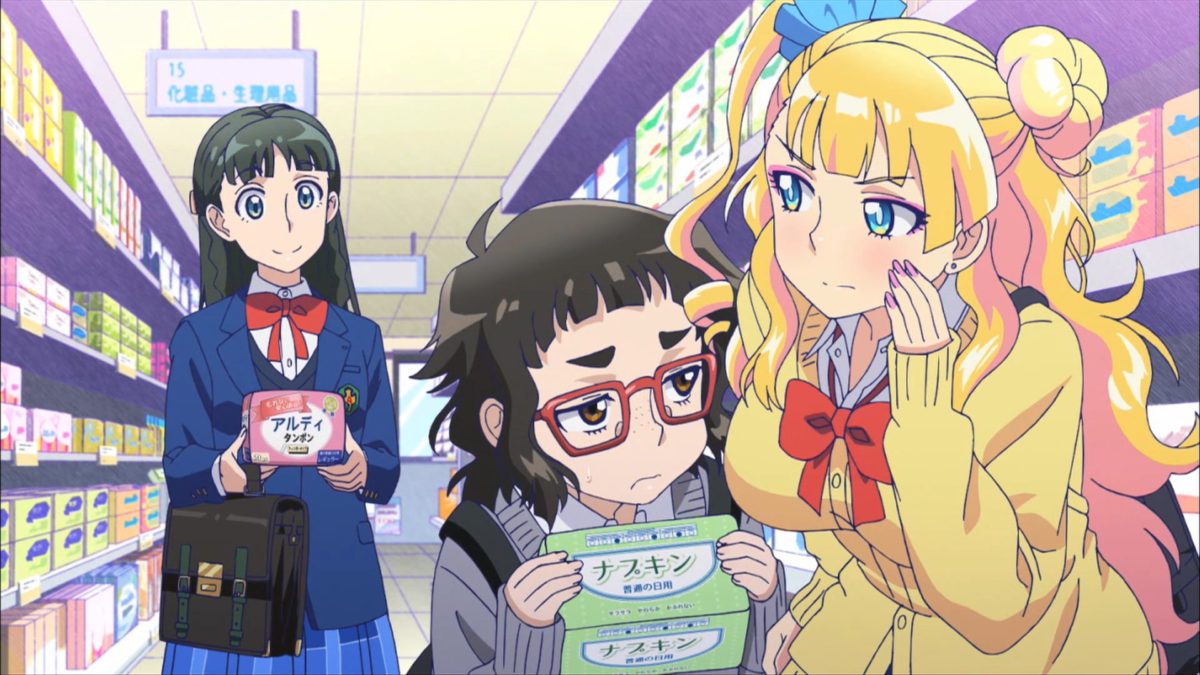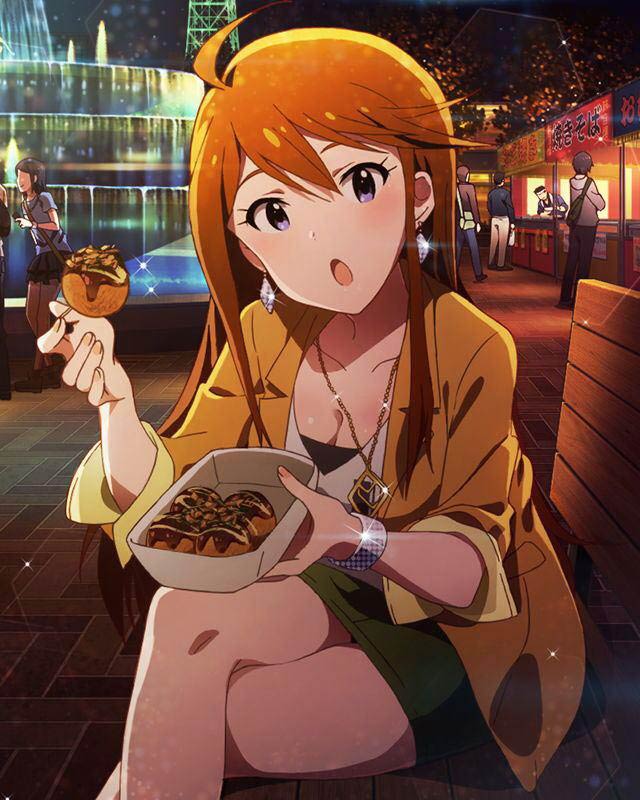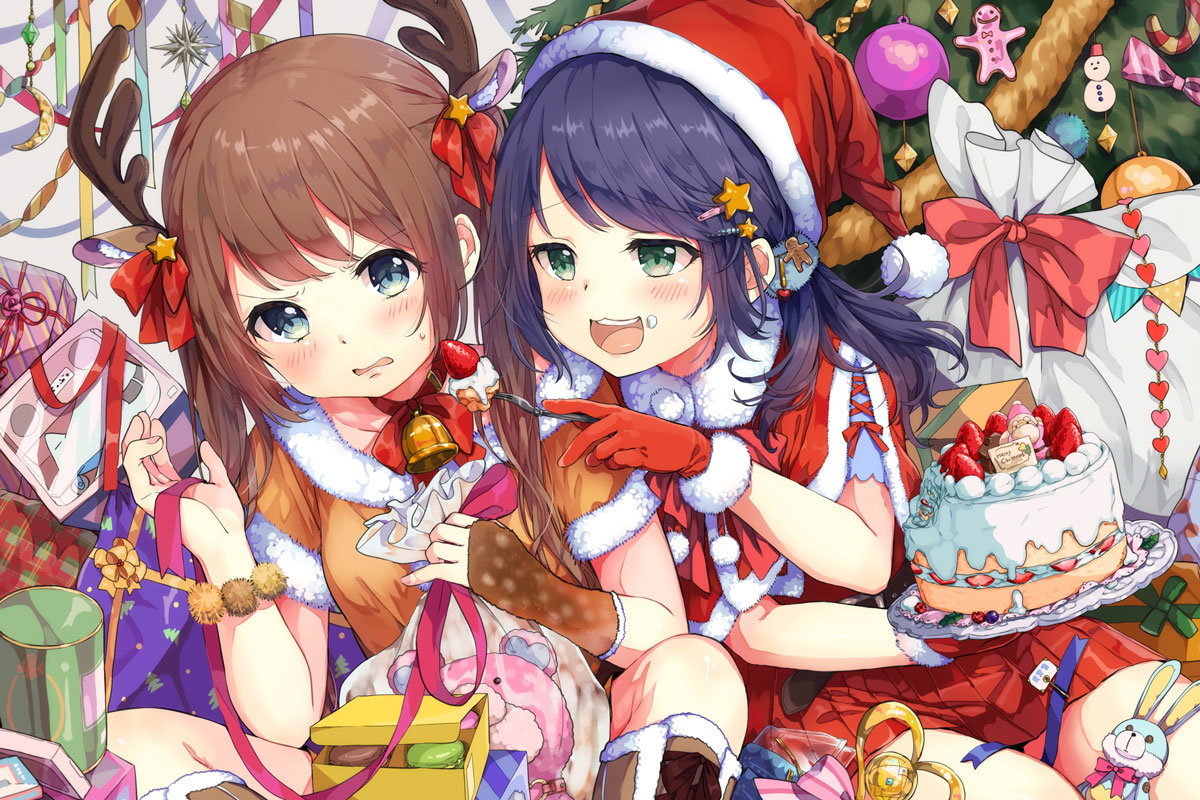Hello all. Had a nice weekend. A friend from Tokyo came up and we had a New Year’s Party (Shinenkai, as opposed to a Forget-the-Past-Year Party, which you have in December). I’ve posted the new update and some pictures of what we did on New Year’s, so you can learn about Shintoism in Japan.
Today’s J-List post is below. You can also read it on the J-List website or the JBOX.com site.
Hello and akemashite omedeto from all of us at J-List! We had a quiet, traditional New Year’s here in Japan, getting up and watching the big Oshogatsu Marathon on TV — by an odd coincidence, a huge nationally televised marathon is held in our city on January 1st, with runners racing past streets near our house while all of Japan watches. In the afternoon we went to the Shinto shrine to pray for happiness and health this year, then did what we do every year, go to my wife’s uncle’s house to sit around and eat delicious food and play old Japanese card games. My wife’s uncle, who is 82, fought on the battleship Ise and has a bullet mark across his face from an American gun, and I like my children to talk with him so they can know what happened in the past between Japan and America. Now it’s time for every store to have its hatsu-ichi, the first sale of the New Year, and the streets are clogged with shoppers looking for bargains.
Japan is a small country, with about half the population of the U.S. squeezed into four islands that are about 1/25 the land mass of America. This requires the Japanese to utilize their space more efficiently, and they’re very good at coming up with ways of making do with less land. In cities like Tokyo, there often isn’t enough space to put a vending machine along the side of the road, so they’ve developed ultra-thin vending machines that are up to 1/3 as deep as normal ones. Gas stations locate their pumps on the roof, with hoses that can be pulled down to refuel cars, so no space is lost. Japanese futons are also very space-efficient, since they can be folded up and put in the closet during the day. We had so much snow on Friday that I took off work early to play with the kids, and we went to a place that was perfect for our toboggans: a park that had been built around several of the ancient burial mounds (kofun) that dot Japan, in another example of wise use of space. The burial mounds were perfect for sliding down in the snow.
Japanese generally write their names using kanji, Chinese characters, with the family name always written before the given name, e.g. Yamada Hanako instead of Hanako Yamada. When a baby is born, the parents file the paperwork at their local city office, and the child is added to that family’s official register. Parents are required to choose characters from a list of “name kanji” that the government has approved, and every few years there are problems because some parents want to use an out-of-date character that’s not on the list. Because names in kanji have some meaning that’s not necessarily present in Western names, it’s often interesting for foreigners to find out what those meanings are. Many Japanese are made up of kanji for some of the simplest words — ta (rice field, also read da), ishi (stone), naka (inside), yama (mountain), kawa (river), hashi (bridge), and so on. Again and again I find myself amazed at how often Japanese are unable to read some of the more difficult kanji, both names of people and of places. Because each character has at least two ways to read it (the Chinese and Japanese pronunciations), and because readings are often shoehorned into some kanji (for example, Ainu place names in northern Japan have had kanji assigned to them, which no one outside of the region can read), knowing how to read some characters can be a big challenge.















